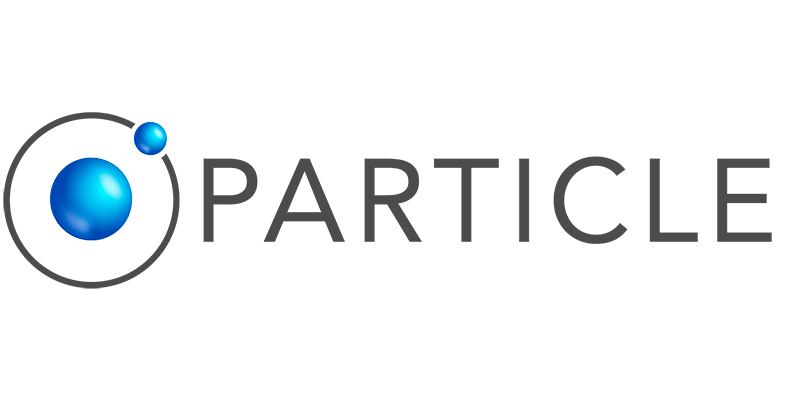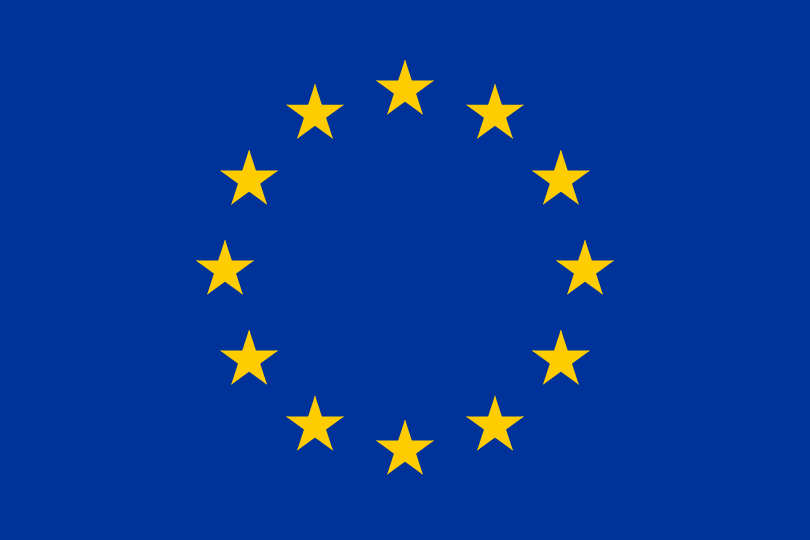Participant organization
Particle Summary

Founded in 2019, PARTICLE is a Portuguese start-up with a technology drive that provides secure applications for enhanced situational awareness (at headquarters and mobile on-the-move) supported by cyber-physical systems, high-throughput data exchange (e.g., high frequency sensor data, audio and video) and Big Data. PARTICLE solutions are fit for Emergency, Security and Defence applications.
PARTICLE brings its expertise on the following areas:
- Network-enabled CBRNE Platform in demonstration phase in the RISEN project [1]. The platform receives and manages CBRNE sensor data and evidence. It is available securely over the Internet.
- Interoperable API for CBRNE sensors, published as CWA 18096 Standard [2][3]. The API has been tested with more than 7 different sensors developed in the RISEN Project. Chairperson is Marco Manso from PARTICLE.
- Supporting mobile forces via the development of custom mobile applications connected to PARTICLE online platforms.
In NARCOSIS, PARTICLE is responsible for the following tools:
Tool No. 1 - NARCOSIS Platform | TRL (start-end): 4-7 - Responsible Partner: PART
Background: As part of the RISEN project (GA 883116), a digital online platform was developed supporting forensic investigations to on-site officers, by providing case management, trace and evidence management, report generation and import/export data from/to external systems. It was developed to receive on-field measurements from analytical sensors (e.g., RAMAN, HSI), including classification data, spectra and chromatograms. It was also possible to include annotations and attachments to cases and evidence. The platform implemented a digital chain-of-custody and traceability over operations performed in the platform.
Development and application in NARCOSIS: The NARCOSIS Platform is built on top of the RISEN digital platform implemented by PARTICLE. The existing capabilities are extended to support NPS investigations, including storage, management and processing of investigation data and information obtained by experts from different disciplines by means of a set of dedicated tools. The NARCOSIS Platform will support increased collaboration between the first level on-site investigators and the second level laboratory analyses. The NARCOSIS Platform uses an interoperable API (see Tool No. 2) to allow automated data exchange with analytical instruments, the NarcoDB (see Tool No. 4) and external systems (e.g., EUDA).
Tool No. 2 - Sensor API | TRL (start-end): 5-7 - Responsible Partner: PART
Background: PARTICLE implemented a generic Sensor API in the H2020 RISEN Action (GA 883116), proposed as a standard in the frame of a CWA on “CBRNe SENSOR API - Network Protocols, Data Formats and Interfaces”. Field trials demonstrated that sensors (manufactured and made for RISEN) could connect and exchange information in a network-enabled environment, with remote services in a uniform way. The API provided benefits: 1) Facilitate analyst data interpretation by using familiar, well defined and consistent sensor data formats; 2) Enable evidence management information systems to receive data from compliant CBRNe sensors without requiring custom developments; 3) Include 3D-spatial support in sensor data, enabling 3D data location; 4) Improve operational autonomy and efficiency with digitalisation of traces and evidences; 5) Enable forensics data sharing among practitioners.
Development and application in NARCOSIS: NARCOSIS adopts a modular approach to sensors, allowing different analytical tools to be connected to the Platform. For this purpose, the RISEN Sensor API (including functionalities, data protocols and messages) will be extended and implemented for each of the NARCOSIS analytical tools, meeting the NARCOSIS requirements (e.g., sending spectra and meta-spectra information). For maximum interoperability, the API will follow the REST architecture and use Internet-based technologies: protocols (e.g., IP, TCP/UDP, HTTP), data formats (e.g., JSON) over wireless (e.g., Wi-Fi / IEEE802.11n) or wired networks (UTP or fiber-optical cable).
Tool No. 4 - NarcoDB: NARCOSIS Shared Meta-Spectra Database | TRL (start-end): 3-5 - Responsible Partner: PART
Background: The exchange of spectra libraries of new analytes among institutions is promoted by the European information system and the EDND. The use of existing databases, such as the EDND, is important, but (1) there is the need to accelerate the exchange of information between specialised national (reference) laboratories on NPS to increase the speed of analytical development; (2) there is the need to develop methods for sharing spectra that are sensor-agnostic. As part of EXCHANGE (see linked project), partner UAH-IUICP developed a comprehensive database allowing sharing of explosives data by police laboratories. The database included spectra from different instruments like Raman and IR, as well as associated chemical and 'demographic' data. As part of RISEN (see linked project), partner PARTICLE developed an API allowing instruments to automatically send data to a central management server platform, which was accessible by police investigators and laboratories, and allowed data exchange among different agencies, including cross-borders.
Development and application in NARCOSIS: NarcoDB brings an innovative paradigm to build a spectra library by creating a comparable (cross-instrument) and shareable (cross-organisation) reference spectra (meta-spectra) database. The NARCOSIS database will facilitate the inclusion of: 1) samples studied within different fields of expertise; 2) data acquired by different methods or techniques; 3) samples acquired for case studies as well as for Research and Development (R&D) and general collections. In NarcoDB, the following capabilities will be developed: 1) Processing and rapid sharing of acquired measurements from an investigation to a Data Management System (see Tool No. 1) for automated data sharing on the identification and classification of possible threats accessible by practitioners, forensic, and toxicology laboratories; 2) Automated, ML-based procedures (see Tool No. 3) generating comparable analytical instrument-agnostic spectra (meta-spectra generated by feature extraction), thus allowing sharing spectra among different systems; 3) Creation of a shareable database on drugs, including NPSs, to facilitate the exchange of spectra and meta-spectra among Member States and EUDA. Using the secure and anonymised analytical data sharing (EUDA NARCOSIS Database) among Member States and EUDA contributes towards a better harmonization of practices, information exchange of reliable/traceable spectra and collaboration between practitioners, forensic and toxicology laboratories in international contexts, supporting international investigations. Anonymised AI-processed data and metadata will be stored on known and unknown substances, acquired in the NARCOSIS database (NarcoDB), according to Findability, Accessibility, Interoperability, and Reusability (FAIR) principles of data, following established protocols. Aggregated data will be available to other agencies, MSs and EUDA.
[1] RISEN Project. https://www.risen-h2020.eu/
[2] https://www.cencenelec.eu/news-and-events/news/2023/workshop/2023-11-16-draft-cwa-cbrne-sensor-api-network-protocols-data-formats-and-interfaces/
[3] Manso, M.; Guerra, B.; Freire, F.; Chirico, R.; Liberatore, N.; Linder, R.; Schröder, U. and Yilmaz, Y. (2023). On the Path Towards Standardisation of a Sensor API for Forensics Investigations. In Proceedings of the 12th International Conference on Sensor Networks - SENSORNETS, ISBN 978-989-758-635-4; ISSN 2184-4380, pages 15-22. DOI: 10.5220/0011688300003399
This project has received funding from the European Union’s Horizon Europe research and innovation programme (Civil Security for Society) under grant agreement No 101168195.
For administrative and contractual information visit the European Commission's Cordis website.


